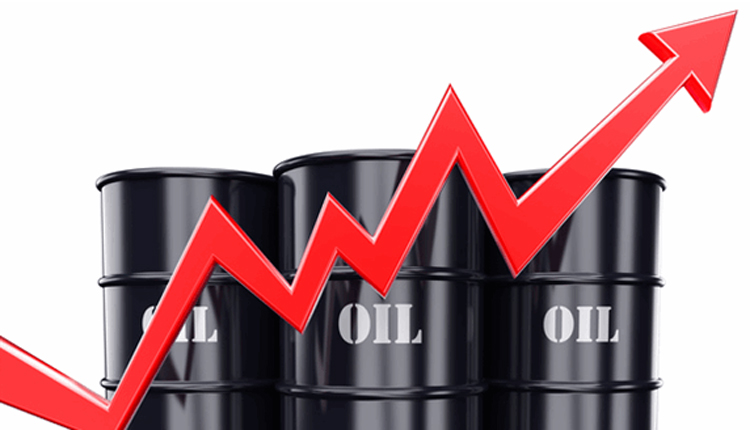Oil prices climbed on Tuesday after Libya declared force majeure on significant amounts of its supply, but rising overall output from OPEC as well as in the United States was dragging on markets.
Brent crude oil futures were at $78.06 per barrel at 0112 GMT, up 76 cents, or 1 percent, from their last close.
U.S. West Texas Intermediate (WTI) crude futures were up 75 cents, or 1 percent, at $74.69.
Traders said that disruptions to Libyan supplies were pushing up prices on Tuesday, outweighing a rise in June in supply from the Organisation of the Petroleum Exporting Countries (OPEC).
OPEC’s June output was 32.32 million barrels per day (bpd), a Reuters survey showed on Monday, up 320,000 bpd from May. The June total is the highest since January 2018.
Libya’s National Oil Corporation (NOC) declared force majeure on loadings from Zueitina and Hariga ports on Monday, resulting in total production losses of 850,000 bpd due to the closure of eastern fields and ports.
Traders have also been watching U.S. oil production, which has surged by 30 percent over the last two years to 10.9 million barrels per day (bpd), absorbing at least some of the recent disruptions.
Overall, however, analysts said OPEC’s production policy as well as unplanned supply disruptions were currently the main price drivers.
“In the near-term, the level of OPEC production – deployment of spare capacity by Saudi Arabia, Iraq, UAE, Kuwait (and ex-OPEC by Russia), and involuntary disruptions in Libya, Venezuela, Iran – are more important drivers of crude prices,” Goldman Sachs said in a note published late on Monday.
What has become a concern, at least for producers, is a slowdown in demand which may end years of consecutive records.
“U.S. petroleum demand growth slowed significantly to 385,000 bpd year-on-year in April, compared with a growth of more than 730,000 bpd year-on-year in Q1,” Braclays bank said, adding that this was mostly due to higher fuel prices.
In Asia, the world’s biggest oil consumption region, seaborne oil imports have been falling since May, as higher costs turned off consumers and the escalating trade dispute between the United States and China starts to impact the economy.
“There are … signs that growth in China has slowed in recent months, particularly infrastructure spending by local governments. I would assume that infrastructure investment is quite energy intensive, so perhaps that had a knock-on effect to oil demand,” said Frederic Neumann, Co-Head of Asian Economic Research at HSBC in Hong Kong.
“At this stage, however, it appears more that growth in Asia is softening, rather than decelerating sharply,” he added.
Source: Reuters
